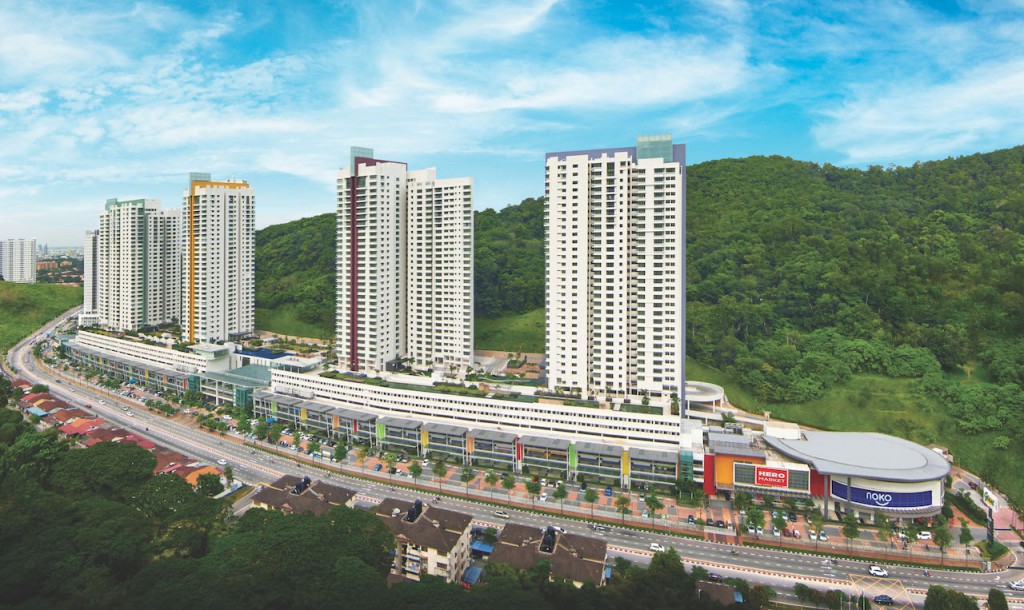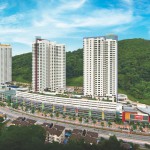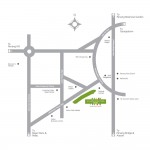THERE was a lot of talk late last year that property prices will tumble in 2012 after the steep rise in the residential sector over the past few years. So far, we have not seen any of that.
What we are seeing is:
● Bank Negara’s tightened guidelines on consumer lending have started to work. Loan applications and loan approvals have fallen in January;
● In certain locations, house prices and rental have started to ease; and
● Developers are offering very enticing terms since the beginning of this year.
Keep your finger on these three factors and let us now take a look at today’s launches. In some of these launches, buyers need only to pay about 1% downpayment of the property price instead of the required 10% on signing of the sale and purchase agreement. The stamp duty and legal fees are also waived and they need not pay anything else until after the property is completed. Such schemes have attracted many buyers.
The question to ask is: If the market is as good as many claimed it to be, why are developers offering such schemes? When a property is sold, it is registered as a sale. But the absolute revenue of the unit is yet to be paid.
For easy calculation purposes, 10% of a RM500,000 property is RM50,000. If the first 10% is paid, this RM50,000 is registered as revenue by the developer, but in the sales column, a sale of RM500,000 is recorded. That is why the sales and revenue figures vary considerably.
If a developer allows a buyer to pay only 1% of the purchase price, this does not mean he “loses” that other 9%. He will get it back after a certain period of time. The same goes for the waiver of the stamp duty and legal fees. The developer has to pay the lawyers for services rendered. All these charges and fees are packaged into the deal which the buyer will have to bear in due time. In this case, later rather than sooner.
Developers are offering such attractive terms in order to make a sale. Many of these schemes are offered in condominium projects because there is generally a glut in this segment. While such schemes may attract genuine buyers who need a roof over their heads and who are thankful that they can defer payment, it also attracts those who have no problem forking out that 1% downpayment and take a gamble that they will be able to offload it when the project is completed.
If one were to drive around certain parts of the Klang Valley today, there are some completed high-rise with large mobile numbers plastered on windows. It may not be so easy to offload units when there are so many of them.
What is noticeably absent, and which many would like to see are more launches of landed housing. But this is unlikely to happen. Only the secondary market is offering landed units, which may explain to a certain degree why the secondary market was rather robust last year. It applies not only for the Klang Valley, but for Penang as well and is a reflection of strong domestic demand despite the many negative predictions for this year.
When a developer considers a piece of land, he thinks of how much he can make from it. If he were to build a condominium and throw in various facilities, he can sell more houses than if he were to build landed units. That is why most of the launches today are high-rise projects, be it condominiums or serviced apartments.
Developers are also limited by what they have. Increasinlgy, land in city centres and popular areas are getting smaller. Which explains why in highly dense areas, condominium projects continue to be sprout up in the most congested of areas.
The development of landed units can only take place when there is large tracts of land, which also explains why the big boys like Mah Sing and SP Setia are venturing further away from city centres.
The other obvious factor in today’s launches are the size and price of the condominium units. Most of the units are small. Studio apartments may be in the 500 sq ft range or thereabouts while those targeted at families may be three-bedroom units with built-up areas of 1,200 sq ft onwards. Most of the launches today are priced close to RM700,000 onwards. On a per sq ft basis, the price is still going up, whether it is a Petaling Jaya address or a Bukit Jalil one.
So, while sales volumes may stagnate in newly-launched projects (which explains why developers are offering units for sale with a 1% downpayment), on a per sq ft basis, prices does not seem to be stabilising. Developers are trying to maintain affordability by having smaller units, deferring payment and leveraging on low interest rates.
Assistant news editor Thean Lee Cheng is glad that Bank Negara is monitoring the household debt and lending in the property sector closely as this year promises to be an exciting one.
Source: The Star















